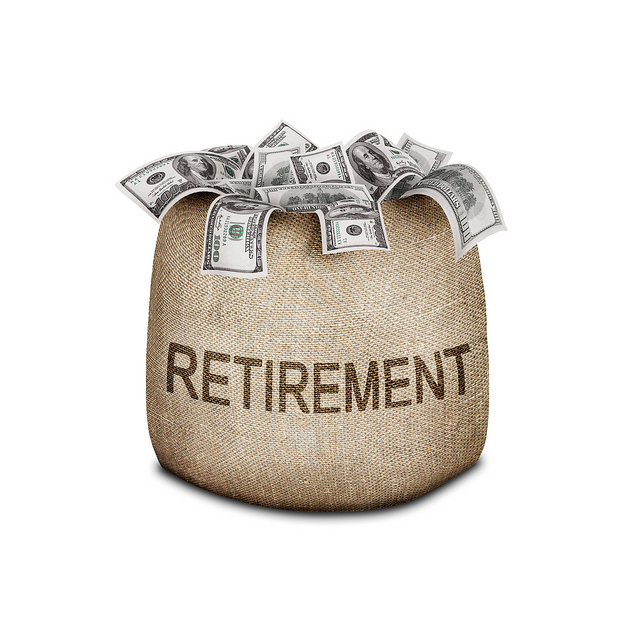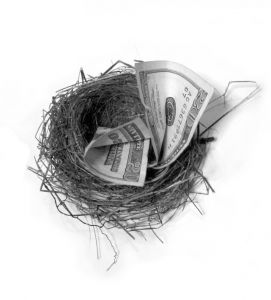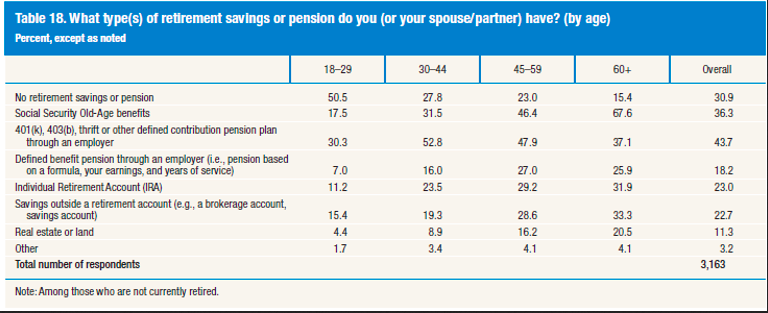Many people facing retirement ask their financial advisor the same question: is it more advantageous to receive a pension in monthly payments or to take the entire pension as a lump sum to be put in an IRA?
There are big implications attached to either option. And the stakes are high; once you opt for a monthly payment there is no reversing course. As advisor Kevin McKinley writes:
Once the client submits the request to receive the monthly pension payments, there is no turning back. He or she can’t change the time and beneficiary calculation options down the road, and it’s virtually impossible to get an “advance” on future payments.
That could be a problem in several instances, including a need to cover a large emergency expense, the desire to help out a family member, or the emergence of a more attractive investment opportunity.
A big part of the decision to take monthly payments should be how confident you feel in your pension fund’s investment portfolio. A retiree, or his/her financial advisor, might be able to construct an investment portfolio that makes the retiree more comfortable taking the lump sum:
Since the portfolio has to be managed on behalf of thousands of recipients, plus other interested parties, it’s a safe bet that the pension plan’s managers will have to make decisions that may go against what individual clients would like done with their portion of the money.
You can probably tailor a portfolio that is better aligned with the client’s needs and risk tolerance. You certainly can design and manage one that is much more flexible and transparent than if it were left in the pension.
And then there are the tax implications that come with both options, as McKinley writes:
A pension payment is generally going to be fully taxable as ordinary income. But if the funds are instead rolled over into an IRA, the client has several opportunities to reduce his income tax bill each year.
He can take just enough to keep him under a particular federal income tax bracket. Or, he can roll over some (or all) of the account into a Roth IRA, paying the taxes now to hopefully reduce what he pays down the road.
Another option is to take nothing at all and avoid the taxes completely for the time being. The client will likely have to take required minimum distributions after reaching age 70½, but those won’t greatly exceed what a pension payment might otherwise be.
The article notes that, when it comes down to it, retirees need to ask themselves two questions: Are they confident their pension is going to exist as long as they’ll need it?
And, are they confident in their pension fund’s ability to invest and manage their money?
If a retiree lacks confidence in both of those questions, perhaps a lump sum would offer better peace of mind.


